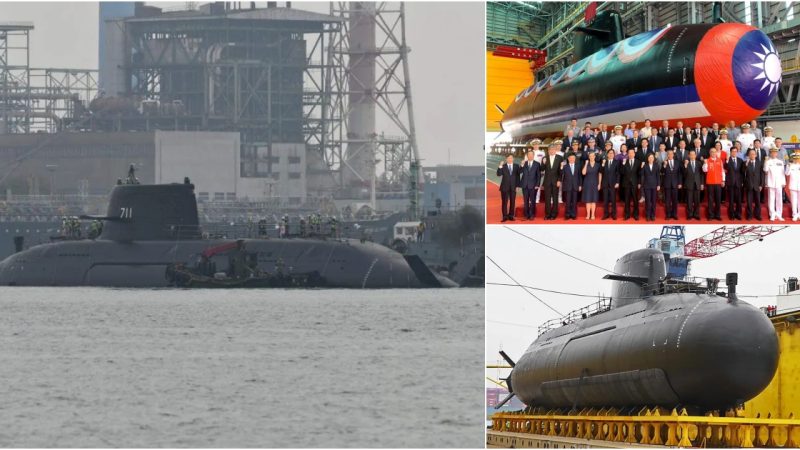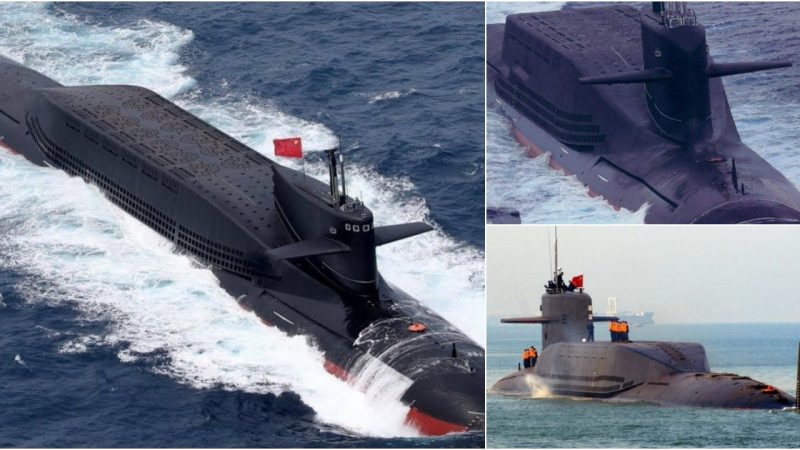Innovative Heavy-Lifting Technology Pioneered by the Sikorsky CH-37 Mojave Helicopter
The Sikorsky CH-37 Mojave, an American-made heavy-lift helicopter, first emerged as a shining star in the 1950s. Sikorsky Aircraft, renowned for breaking barriers in aviation, kickstarted the development of this helicopter in 1951. After rigorous testing and design enhancements, the Mojave debuted in 1956 as the H-37.
Sikorsky HR2S-1
The Piston Engine Innovation
Perhaps the most remarkable feature of the Mojave was its powerhouse. Two Pratt & Whitney R-2800-50 piston engines fueled this airborne giant. Each engine generated 2,100 horsepower, giving the Mojave an unmatched lift capacity in its time.
These engines were not tucked inside the fuselage as one would expect. Instead, they resided in pods on either side of the fuselage, a design decision that brought challenges and rewards. While adding complexity to the build, this unusual placement resulted in an unparalleled payload capacity, pushing the boundaries of innovation and engineering.
CH-37 R-2800 Right Engine Side View Photo: USMC Achieves
First of Its Kind
The Majave wasn’t just about brute force. It was also the first helicopter from Sikorsky featuring an automatic blade fold system. This innovation allowed for easier storage and transportation, particularly aboard naval vessels. With a touch of a button, the enormous rotor blades folded up, making the Majave more compact without compromising its power. This innovation streamlined the helicopter’s operations and made it easier to accommodate on various naval vessels, setting a new standard in helicopter design.
In the Heat of Battle
The Majave proudly served the United States Army, delivering heavy-duty performance in various operational scenarios. It transported troops, retrieved downed aircraft, and even carried out missions in the volatile atmosphere of the Vietnam War. The Majave’s capability to airlift heavy cargo proved invaluable in these military operations.
In one notable instance, a CH-37 hauled a 10,000-pound Yorktown cannon during the American Bicentennial celebration in 1976. This feat underscored its impressive lifting prowess, earning the Majave a special place in the annals of American aviation.
The Sikorsky CH-37 Mojave, an American-made heavy-lift helicopter, emerged as a significant aviation innovation in the 1950s. Sikorsky Aircraft, renowned for its breakthroughs in aviation, started developing the helicopter in 1951. After rigorous testing and design enhancements, the Mojave debuted in 1956 as the H-37.
Despite its eventual withdrawal from active service, the Mojave continued to participate in special assignments. It also maintained a prominent presence in military exhibitions and air shows. Its final public performance came during the American Bicentennial celebration in 1976 when it showcased its lifting power by carrying a 10,000-pound Yorktown cannon.
The Sikorsky CH-37 Mojave then transitioned to a new role as a museum piece, a tribute to its robust design and performance. Today, it serves as a point of inspiration for aviation enthusiasts, symbolizing the innovation that characterized mid-20th-century American aerospace history.
The Sikorsky HR2S-1 helicopter of Marine Helicopter Transport Squadron HMR-462 has now retired from duty, concluding its eventful era during the “Apollo Phoebus” (Amphibious Landing Exercises) at Case Springs Lake, Camp Pendleton, California (USA) in 1960.
Leaving a Legacy
The Sikorsky CH-37 Mojave may have retired in the late 1960s, but its legacy persists. Its robust design influenced the development of other heavy-lift helicopters, including the iconic CH-53 Sea Stallion.
Beyond its direct descendants, the Mojave’s innovation paved the way for advancements in modern helicopter design and transportation, demonstrating that no engineering challenge is too great if it leads to a better solution.
In essence, the Mojave represents a significant chapter in the story of aviation, a testament to Sikorsky’s innovative spirit and America’s unwavering contribution to aerospace engineering. The CH-37 Mojave may have hung up its blades, but its impact continues to soar above us.
Hits: 26










